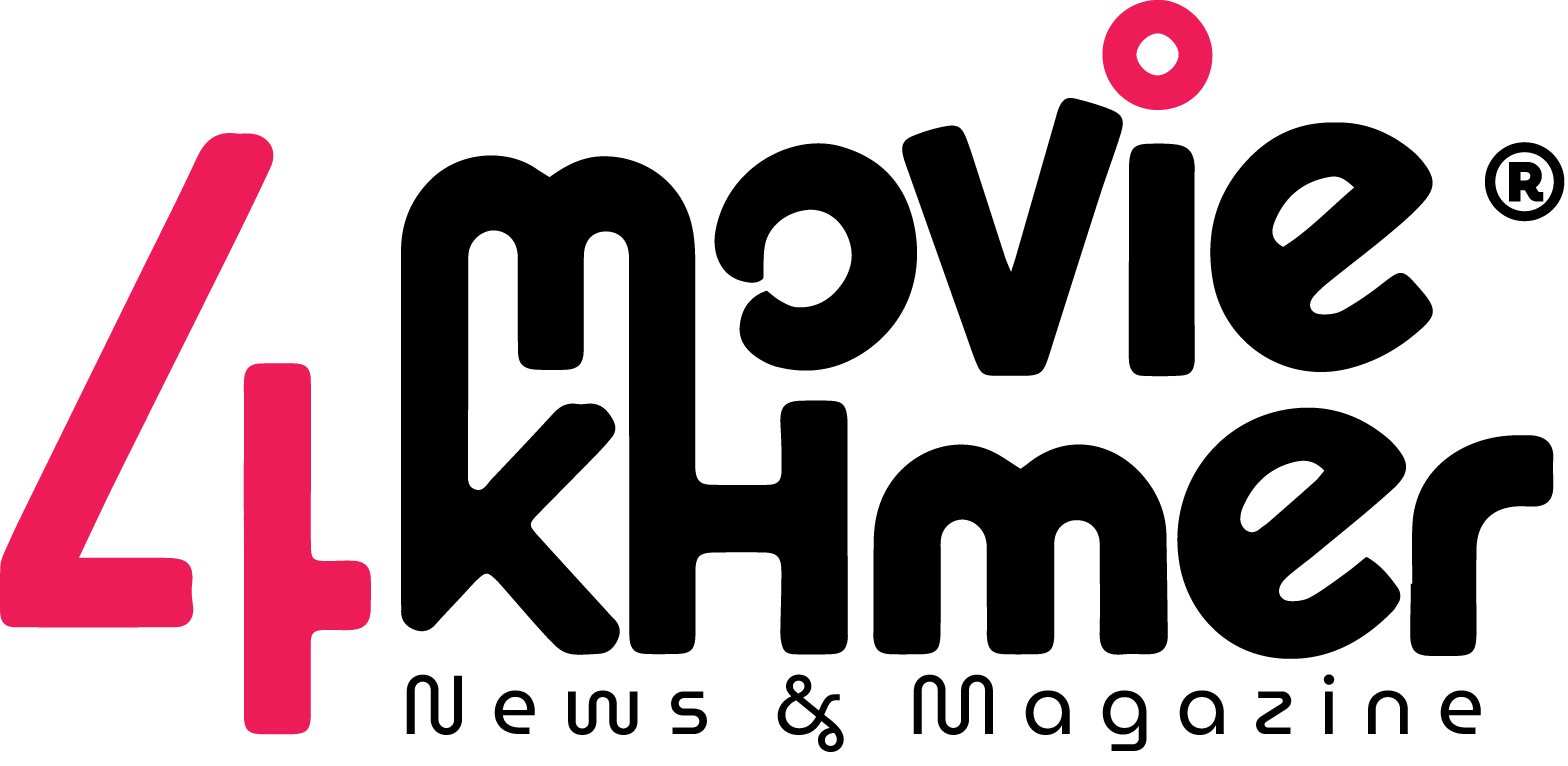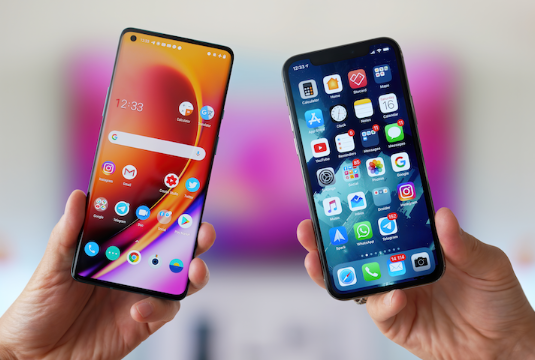For avid readers, choosing the right e-reader can make all the difference in their literary experience. Two of the most popular options are Amazon’s Kindle and Rakuten’s Kobo. Each device offers unique features, and picking the right one depends on individual reading habits, preferences, and ecosystem compatibility. Let’s dive into the details to help you decide which one suits you best.
Display and Reading Experience
Both Kindle and Kobo offer e-ink displays, designed to mimic real paper and reduce eye strain. However, Kobo devices generally feature more customization options, allowing readers to tweak font styles and sizes extensively. Meanwhile, Kindle’s high-resolution screens provide crisp text with smooth page turns.
Most Kindle models, like the Paperwhite and Oasis, come with warm light adjustment for comfortable nighttime reading. Kobo, on the other hand, goes a step further with ComfortLight PRO, which reduces blue light exposure, making it easier on the eyes for extended reading sessions.
Ecosystem and Book Availability
One of Kindle’s biggest advantages is its seamless integration with Amazon’s vast library, including Kindle Unlimited and Prime Reading. If you frequently purchase books from Amazon, Kindle might be the better option. However, Kindle does not natively support EPUB files, which are widely used in digital publishing.
Kobo, on the other hand, supports EPUB, PDF, and other open formats, giving readers more flexibility. Kobo also has a partnership with OverDrive, allowing users to borrow e-books from public libraries directly on their device—a major plus for budget-conscious readers.
Battery Life and Durability
Both devices offer weeks-long battery life, but Kobo models tend to have slightly larger battery capacities. Additionally, several Kobo models, like the Kobo Libra 2 and Kobo Forma, are fully waterproof, making them great for reading in the bath or by the pool. While the Kindle Paperwhite and Oasis are also waterproof, not all Kindle models share this feature.
User Interface and Customization
Kobo’s interface is more open-ended, allowing sideloading of books without heavy restrictions. It also provides greater customization in terms of font adjustments and layout controls.
Kindle, however, is known for its user-friendly, seamless experience, especially for those already invested in the Amazon ecosystem. Kindle devices sync effortlessly with Amazon purchases and the Whispersync feature allows easy switching between e-books and audiobooks via Audible.
Price and Value
Pricing varies depending on the model. Kindle offers budget-friendly options like the Kindle Basic, whereas Kobo’s entry-level models tend to be slightly more expensive but come with added perks, such as better format support. Higher-end models from both brands offer premium features like larger screens, physical page-turn buttons, and waterproof designs.
Which One Should You Choose?
- Choose Kindle if: You primarily buy books from Amazon, want the best integration with Audible, and prefer a streamlined, user-friendly reading experience.
- Choose Kobo if: You prefer more file format flexibility, enjoy borrowing books from libraries, and want extensive customization features.
Ultimately, both Kindle and Kobo deliver an excellent reading experience. The choice comes down to your reading habits and ecosystem preferences. No matter which e-reader you pick, you’ll have a fantastic tool for diving into your next great read.






